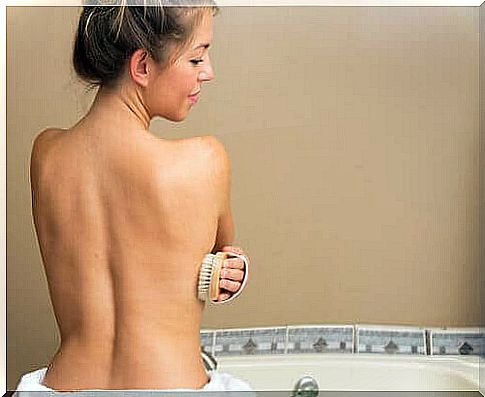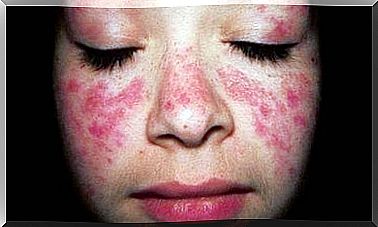5 Mistakes We Make In The Shower
Find out here all the mistakes we make in the shower on a daily basis, which can harm our skin.

We all shower at least once a day. However, practice has not prevented us from repeating a series of mistakes over and over again in the shower.
Take note of the following tips to avoid these common mistakes as much as possible.
1. Choose the optimum temperature in the shower
The optimum temperature for showering should not be higher than 35 ° C, as this is the most suitable value. Often we opt for excessively hot showers, although this is far from the most advisable.
We must take into account that high temperatures can dehydrate the skin, and cause dryness and flaking.
In addition, very hot water can remove excess protective sebum from the skin. And this, until finally leaving the dermis defenseless, both against bacteria and harmful substances.
In addition, water that is too hot causes excessive blood flow, leading to prolonged redness, inflammation and pimples.
2. Don’t take long showers

It is also not advisable to shower for too long. Just as water is too hot, showering for too long can lead to dry skin.
Thus, if you take a very long shower, it can happen that you cause the appearance of pimples, irritation, etc. Try not to make your shower last more than 10 minutes.
3. Foaming products are not as good as they seem
Soaps that foam abundantly owe their bubbles to surfactants. These ingredients have the function of sticking the molecules of fatty substances to the molecules of water.
If you observe an abundant production of foam and bubbles each time you use your shower bath, it is because it contains excess surfactants.
- Take into account that the more foaming your shower gel, gel or soap produces, the more it will remove your sebum, which will result in dry and rough skin.
- It is also recommended that you use antibacterial soaps unless your doctor has specifically advised you to do so.
- Always try to get soap with a label that says pH 5.5, as this is the most alkaline level for skin care.
In addition, in case you shower more than once a day, remember that the second shower should preferably be taken with clean water without soap, in order to avoid drying out the skin and damaging it. .
4. Do not wash with old sponges

If the old sponges may be softer than the new ones, they are nonetheless unsuitable for your toilet. You might not immediately believe it, but using the same sponge for a long time can be damaging to your health.
You have to take into account that wet sponges become the ideal hotbed for the growth of bacteria and fungi. Therefore, do not use the same sponge for an extended period, no more than 4 weeks in a row.
5. Dry yourself just enough and not too much!
While it is certainly good to dry yourself off properly after showering, over-drying yourself is a bad idea. Keep in mind that drying properly is as important as washing properly.
To do this, it is recommended that you do not use rough towels that leave the skin and body slightly damp. After showering, don’t forget to apply your body cream or lotion to keep your skin healthy and hydrated throughout the day.
Of course, you have to take into account the particular areas that require them to be completely dried. Here they are :
- Armpits
- The feet, especially between the toes
- The Jersey
Do not rub the skin in these areas with force or abruptness in order to quickly get rid of the moisture; small gentle swabs will suffice to dry these sensitive areas.
Some final recommendations …
While it is important to know the mistakes we make in the shower, it is no less important to know the steps to follow for the healthiest possible toilet.
With this in mind, we will meet the following few steps:
Both adults and children cannot neglect the care and cleanliness of their internal and external ears.
- Clean effectively with soap and water, and keep water from getting inside your ears.
For small babies, cleaning should be limited to the outer area. Always for our cherubs, we will use little water and little soap, or we will gently pass a damp cloth over the pinna of the ear.









